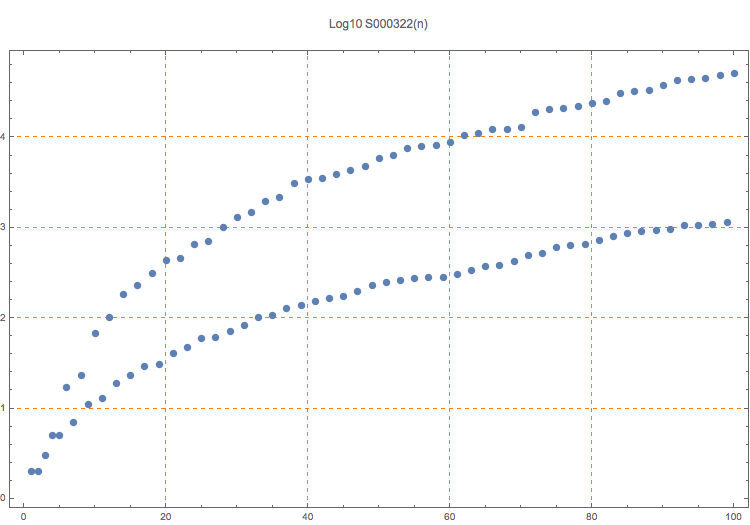Pairs of prime numbers {p1, p2} that list the range that can generate primes, as in S000321.
2, 2, 3, 5, 5, 17, 7, 23, 11, 67, 13, 101, 19, 181, 23, 229, 29, 313, 31, 433, 41, 463, 47, 653, 59, 701, 61, 1009, 71, 1307, 83, 1493, 101, 1951, 107, 2179, 127, 3083, 137, 3433, 151, 3533, 163, 3919, 173, 4339, 197, 4789, 227, 5807, 251, 6271, 263, 7541
1
Sequence S000321 uses the pair {5,17}. Computing higher terms becomes more difficult because a great number of congruences need to be checked. The Wikipedia article tells how admissible sets are found.
T. D. Noe, Plot of 100 terms
T. D. Noe, Table of 100 terms
Wikipedia, Prime k-tuple
(Mma) nn = 25; checkList[] := Module[{cnt = 0}, While[ cnt++; ! And @@ Table[Length[Union[Mod[ps, p]]] < p, {p, Prime[Range[PrimePi[ps[[1]]], PrimePi[Length[ps]]]]}], If[cnt == 1, AppendTo[t, {ps[[1]], ps[[-2]]}]]; ps = Rest[ps]; AppendTo[ps, NextPrime[ps[[-1]]]]]]; t = {}; ps = {2}; While[Length[t] < nn, AppendTo[ps, NextPrime[ps[[-1]]]]; checkList[]]; t
Cf. S000321.
nonn,hard,nice
T. D. Noe, Nov 06 2014
